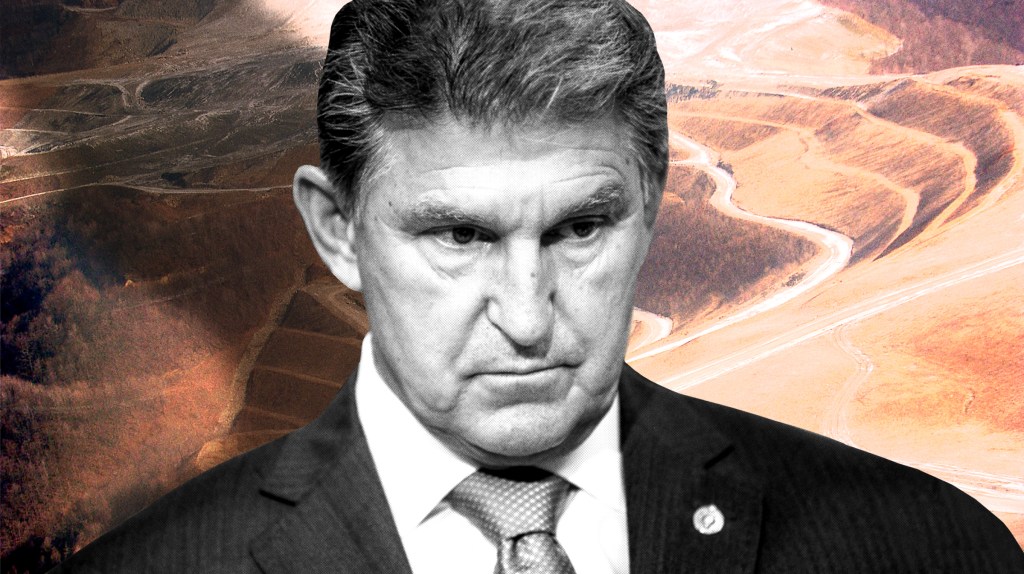Judith Prat is a Spanish photojournalist who has been capturing the harsh realities facing miners of coltan in the Democratic Republic of Congo. Coltan (or columbite–tantalite) is a mineral essential for the manufacture of the tiny capacitors that make things like smart phones, computers, weapons, and aeronautical equipment work.
The huge demand for coltan in recent years has made it a conflict mineral, with various armies and rebel groups using it to finance their wars. It’s therefore not surprising that working conditions at these mines are dire. Despite facing injury and death to dig up something that most of the developed world relies on, coltam miners earn roughly seven dollars a day.
Videos by VICE
VICE: What impact has this mining had on the Democratic Republic of Congo?
Judith Prat: There’s an network of international interests with the aim of plundering the area. Neighbouring countries like Rwanda and Uganda—through which coltan leaves the country—and multinationals from all over the world ultimately profit from this illegal ransacking. Even the Congo’s own government members are responsible for the country being ravaged by war for so many years. The Congolese population is the victim of an armed conflict which has left five million dead and around 1.5 million displaced. There are a multitude of armed groups operating in the region,and these are financed by and at the service of the interests I’ve mentioned.
How do they actually extract the coltan?
The miners extract coltan with picks and shovels. The subterranean tunnels they excavate are held up by wooden beams and planks. The miners carry the coltan to the village on their shoulders or by dragging it downhill. It’s a long journey over steep terrain.
No investment in modernization has taken place. Abundant and cheap manual labour has meant that the mine owners haven’t invested in improving the miners’ working conditions.
That sounds incredibly dangerous.
Accidents are common. During the rainy season tunnels frequently collapse and workers get trapped and die. What’s more they work 15 hour days. Children and elderly men work in the mines, the work is even harder for them.
They don’t even have adequate work-clothing or protective gear. Even the tools they use are often in bad conditions. None of the underground tunnels are safe, nor protected from collapse, gas leaks, the lack of oxygen.
Why did you decide to shoot this series?
My intention is that this report should denounce the ransacking of mineral wealth from the DR of Congo. It should also make clear that this ransacking is one of the main reasons why the DR of Congo is perpetually in conflict—a conflict which has already been going on for over 20 years.
The citizens of the developed world also have the responsibility to be aware of what’s going on in the world and to demand that our governing leaders make political decisions which bring an end to such terrible situations as these.
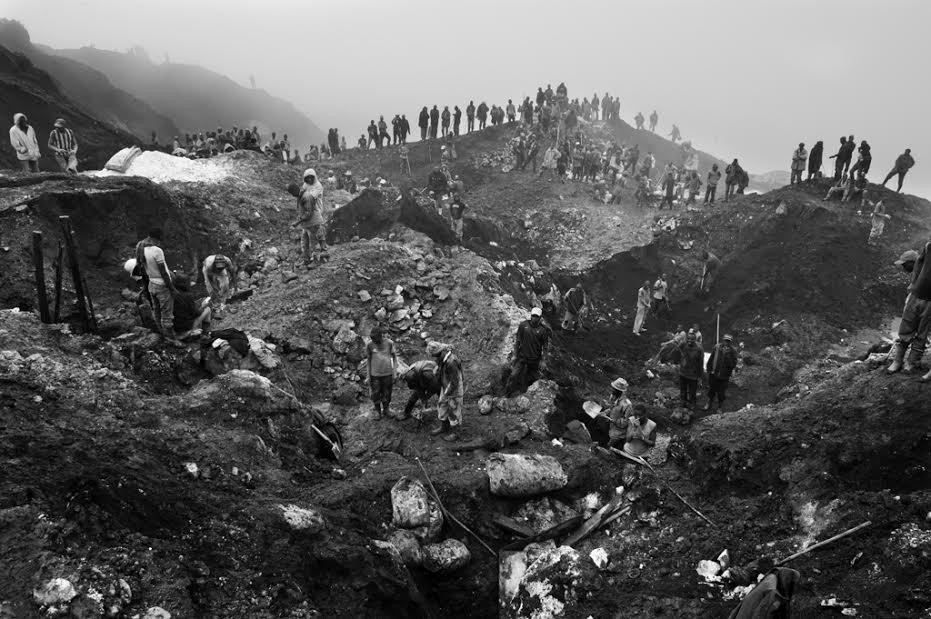
Sunrise in Rubaya in the East of DR of Congo. The miners begin the journey to work at mines.
Photo by Judith Prat
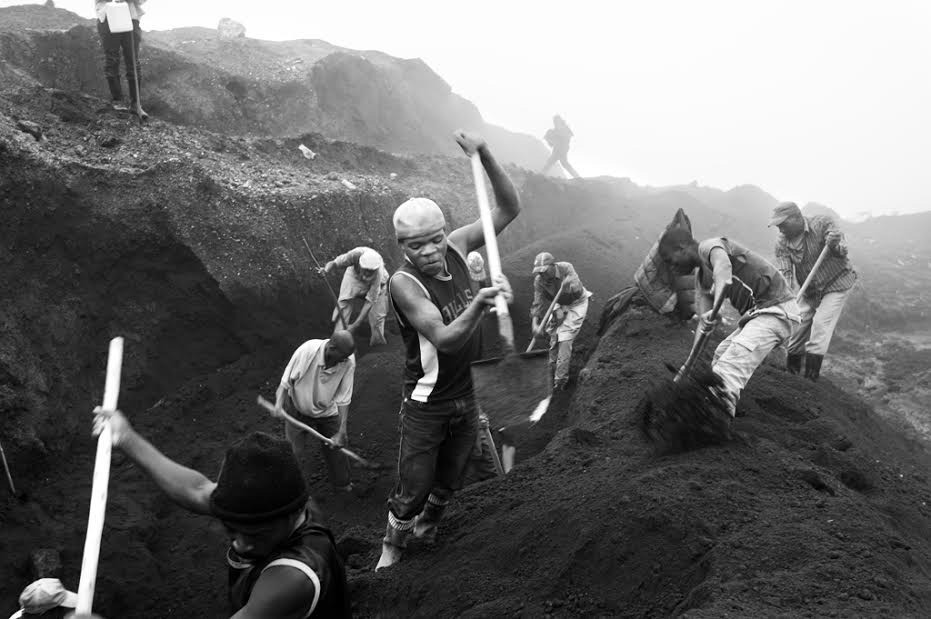
Nyange mine, Rubaya, DR of Congo.
Photo by Judith Prat

Most of the miners work in opencast mines, equipped only with shovels.
Photo by Judith Prat
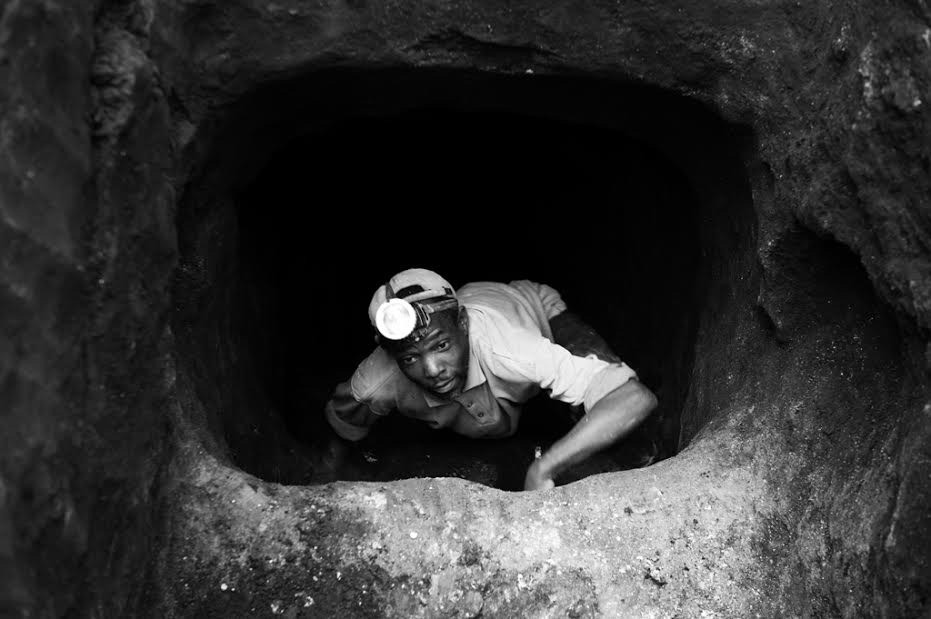
A miner leaves on of the excavation galleries. During the rainy season tunnels frequently collapse.
Photo by Judith Prat
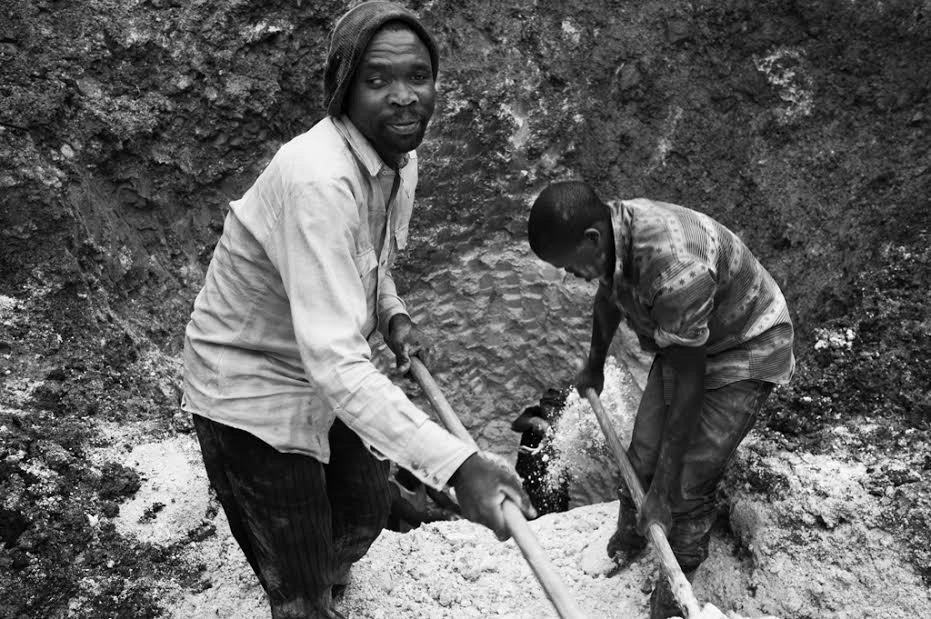
Miners extract the minerals using only shovels.
Photo by Judith Prat
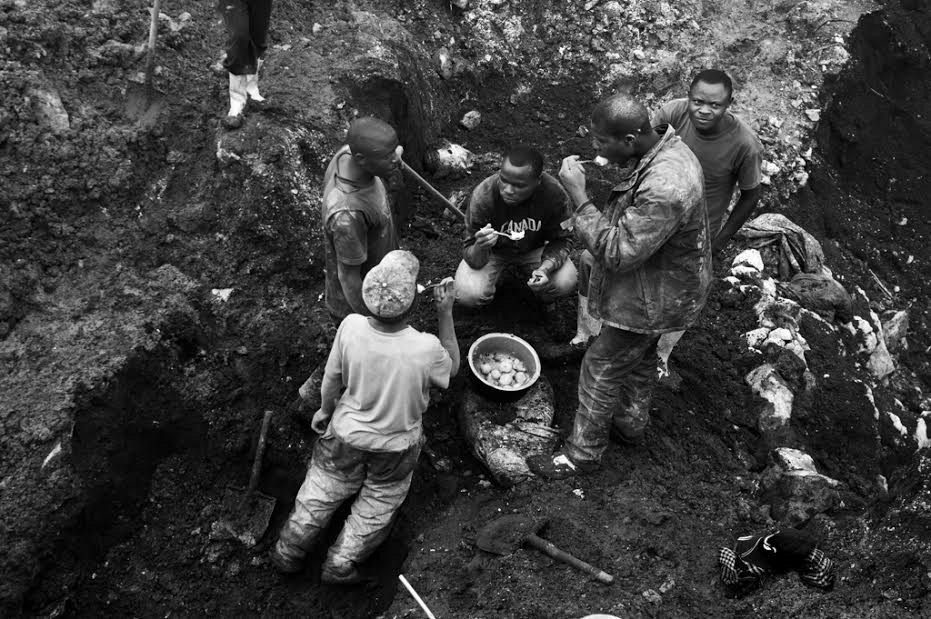
Miners eating a lunch of potatoes in the middle of the mine.
Photo by Judith Prat
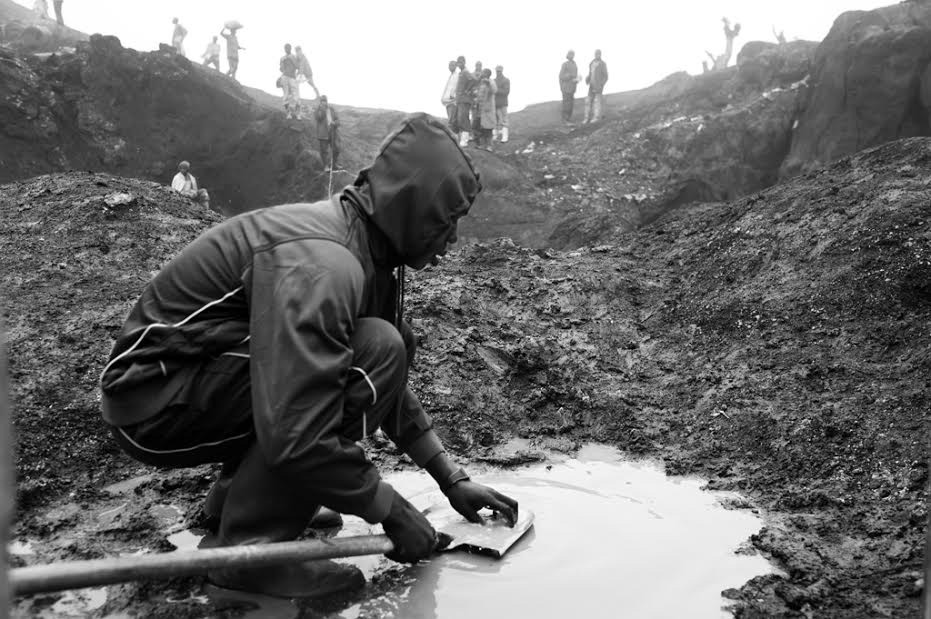
Photo by Judith Prat
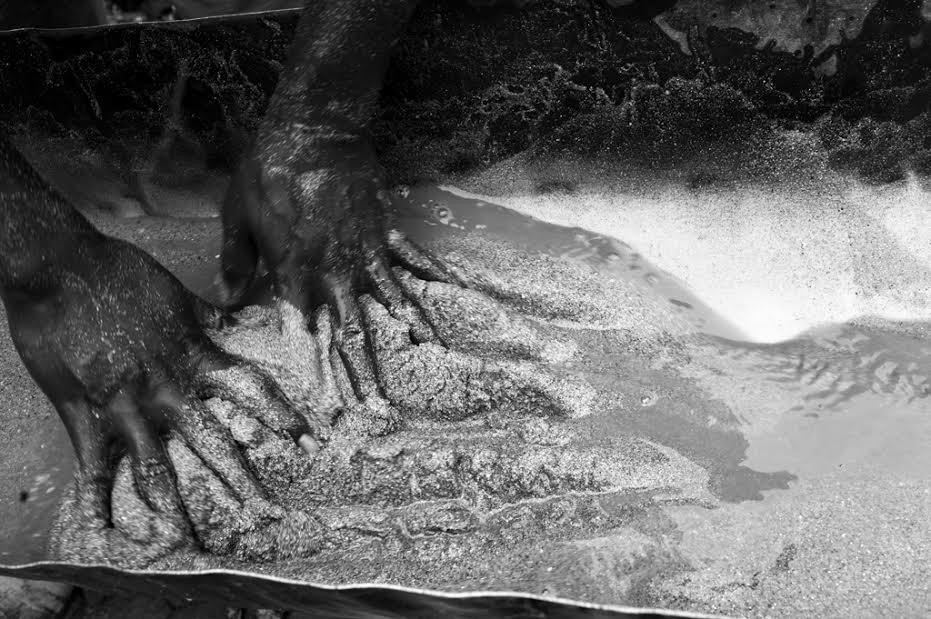
The first wash of the mineral is done in the mine.
Photo by Judith Prat
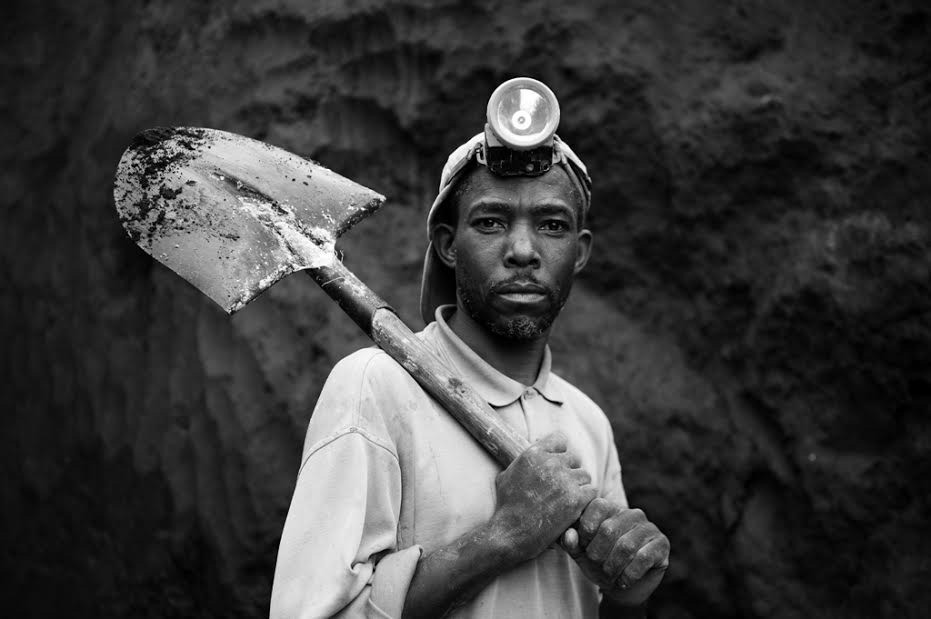
Portrait of a miner.
Photo by Judith Prat
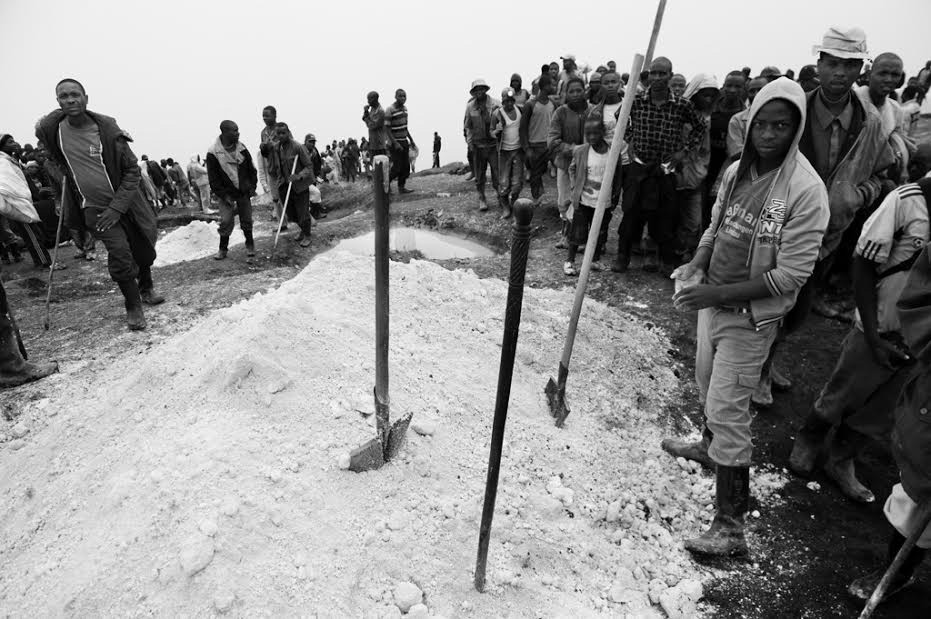
Miners gathered around a heap of manganese before putting it into sacks.
Photo by Judith Prat
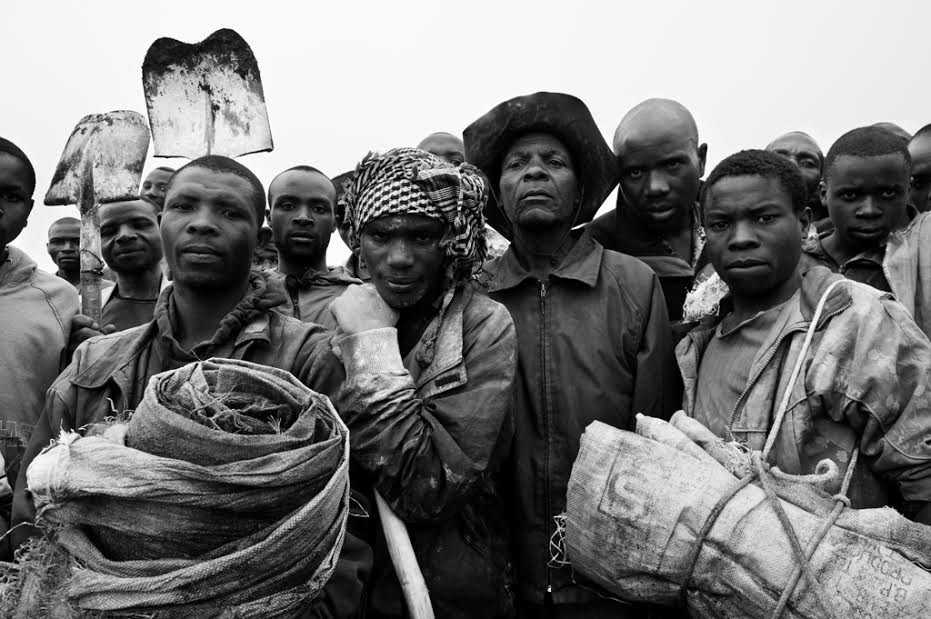
Photo by Judith Prat
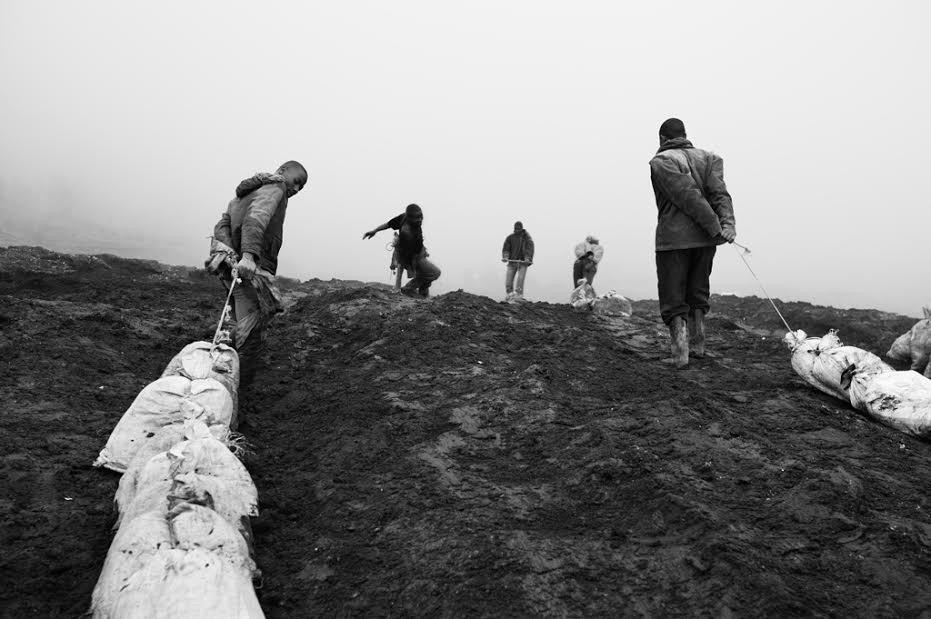
A group of miners transport their haul from the mountains to the village.
Photo by Judith Prat
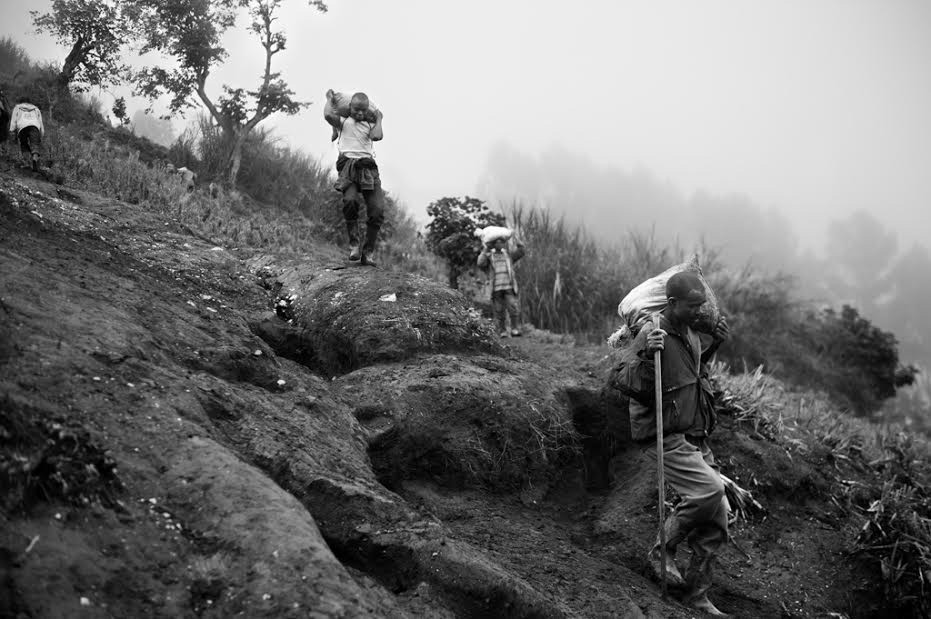
Miners pulling a line of sacs full of coltan down the side of the mountain.
Photo by Judith Prat
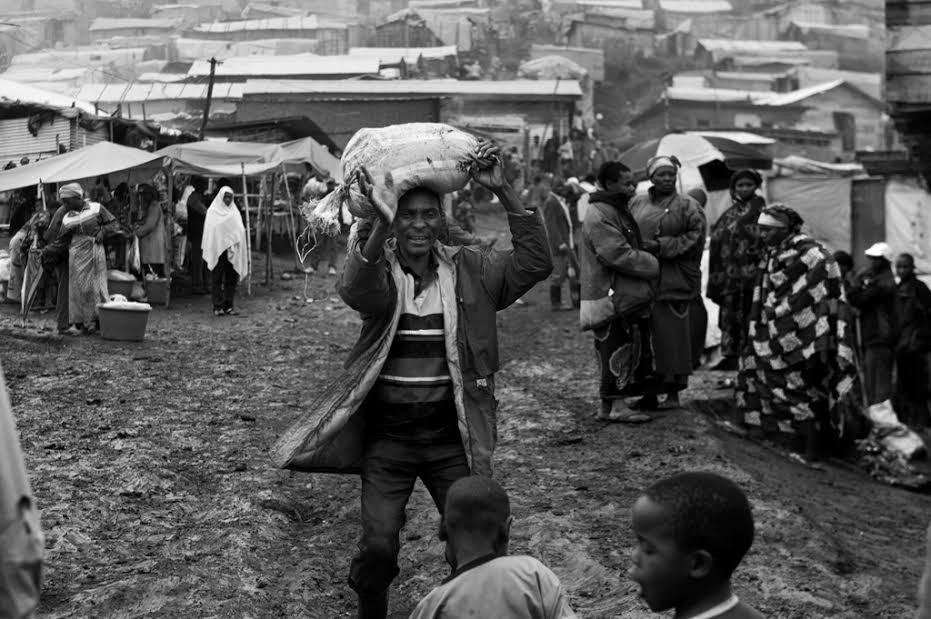
A miner on his way back to the village.
Photo by Judith Prat
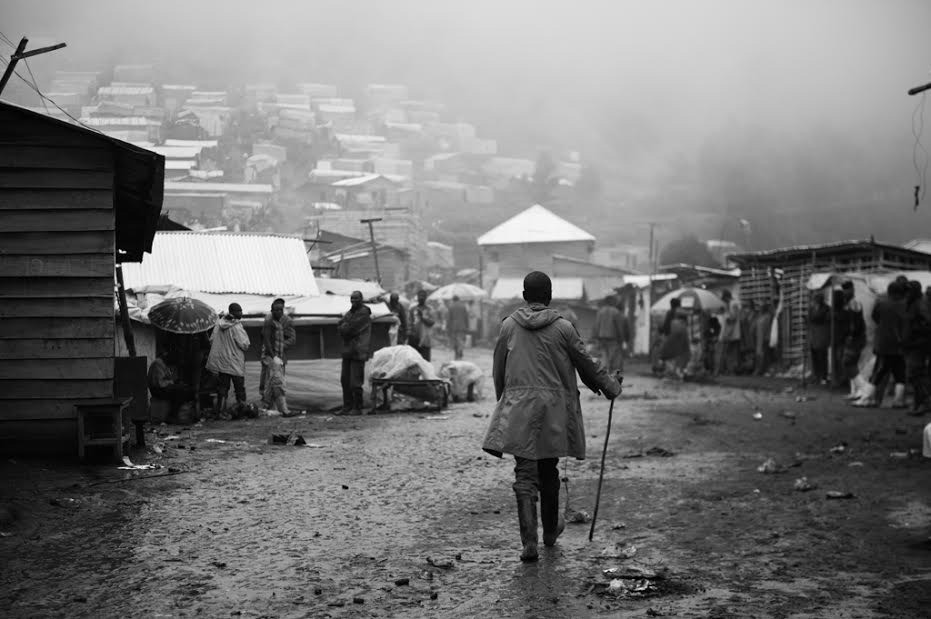
A miner returns to the village after a day’s work.
Photo by Judith Prat
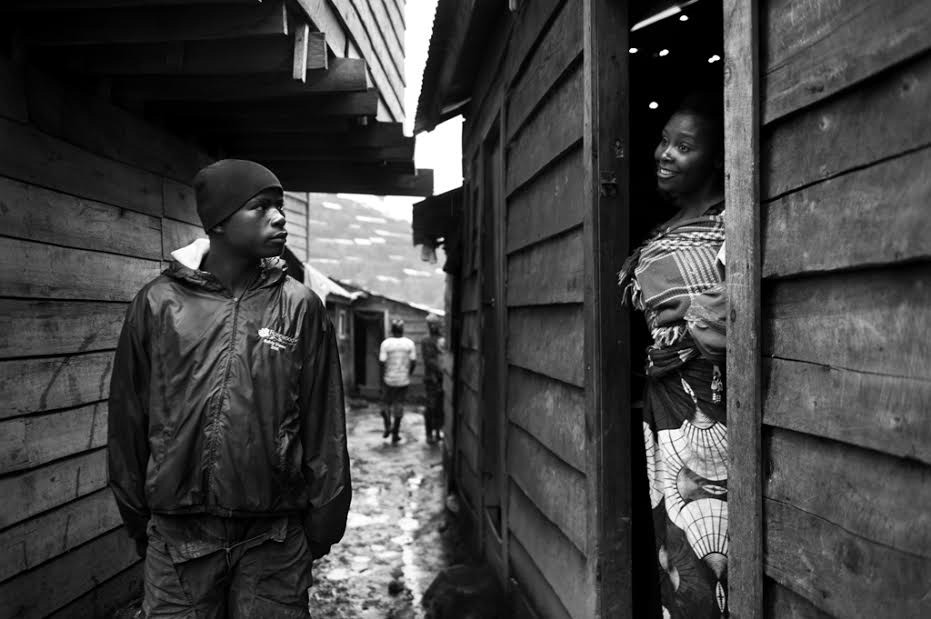
Sodoma, the red light district of Rubaya.
Photo by Judith Prat
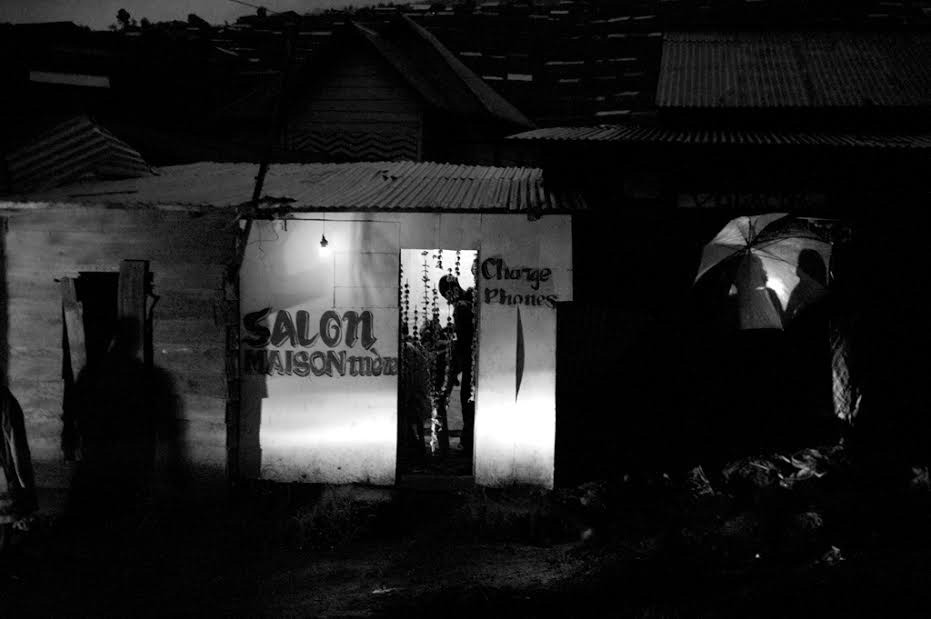
The main street of Rubaya at dusk.
Photo by Judith Prat


